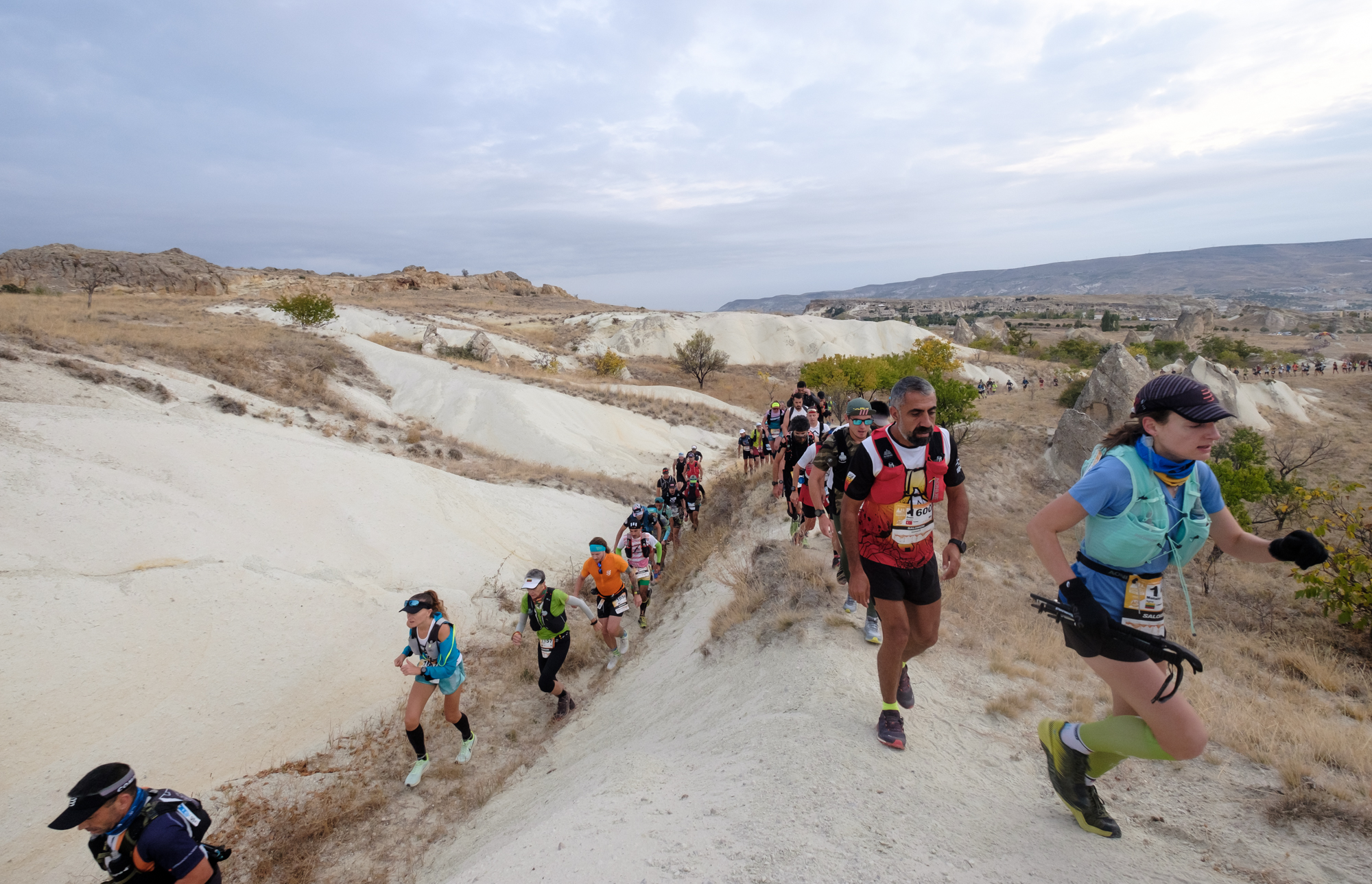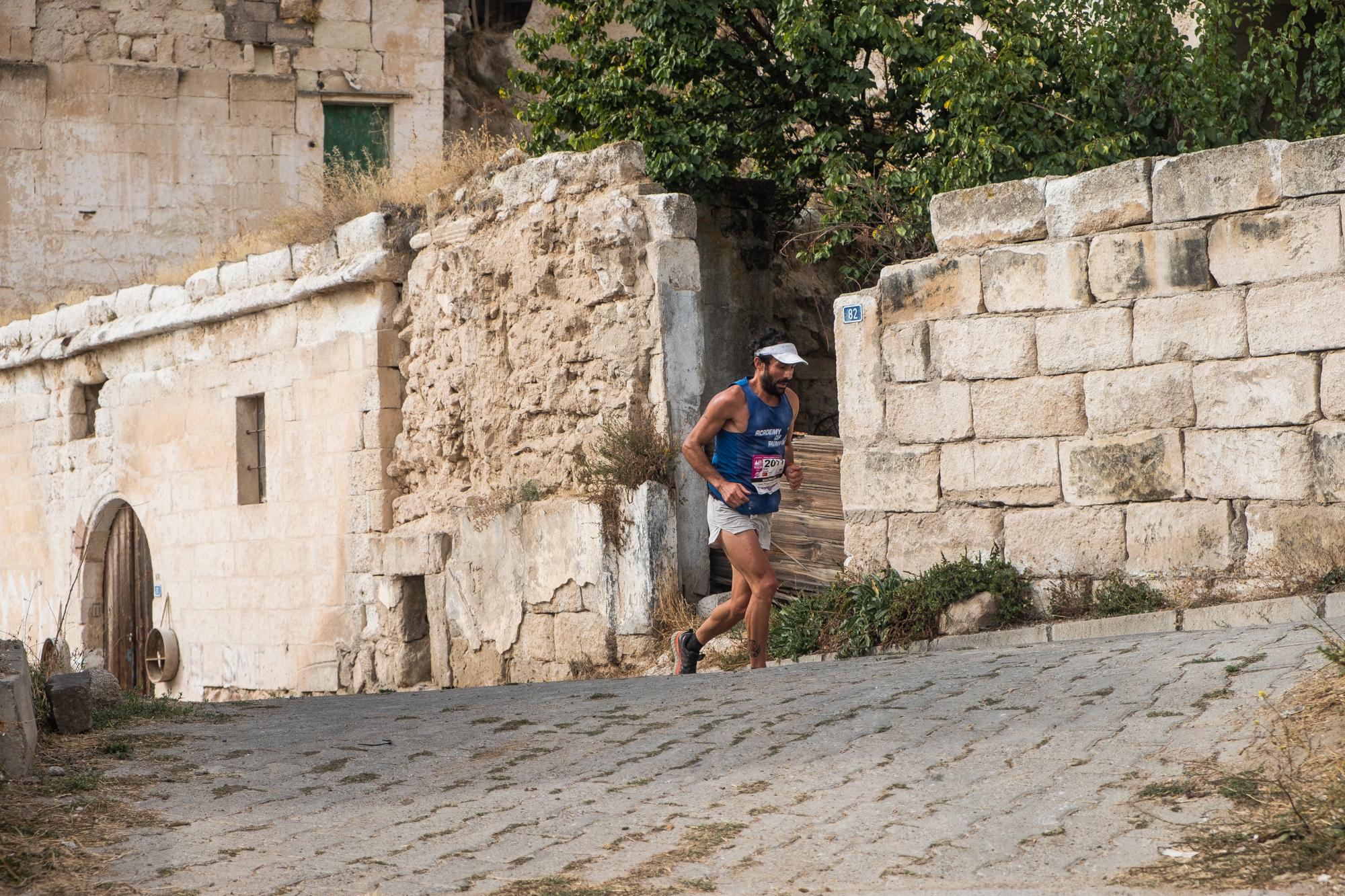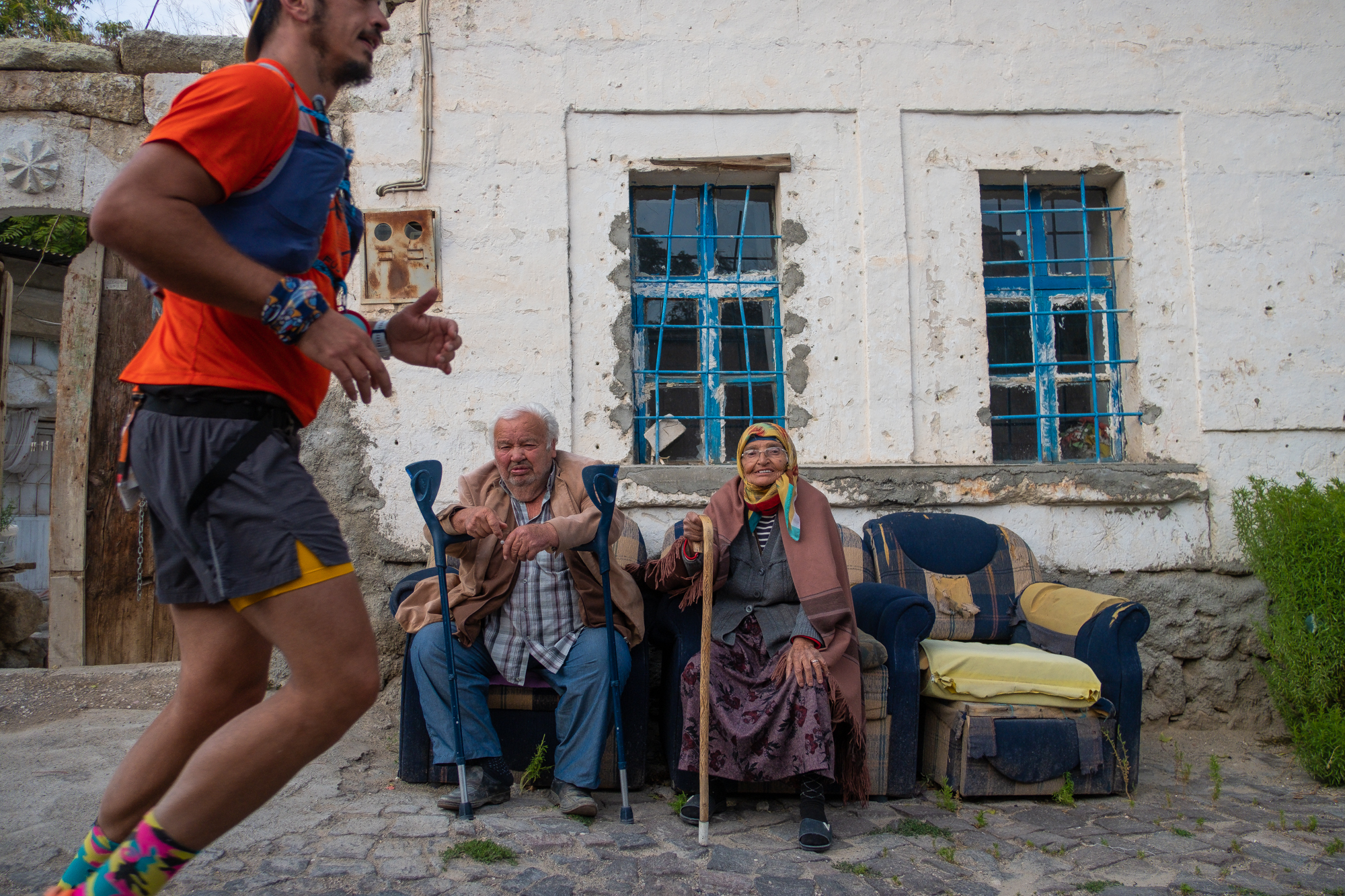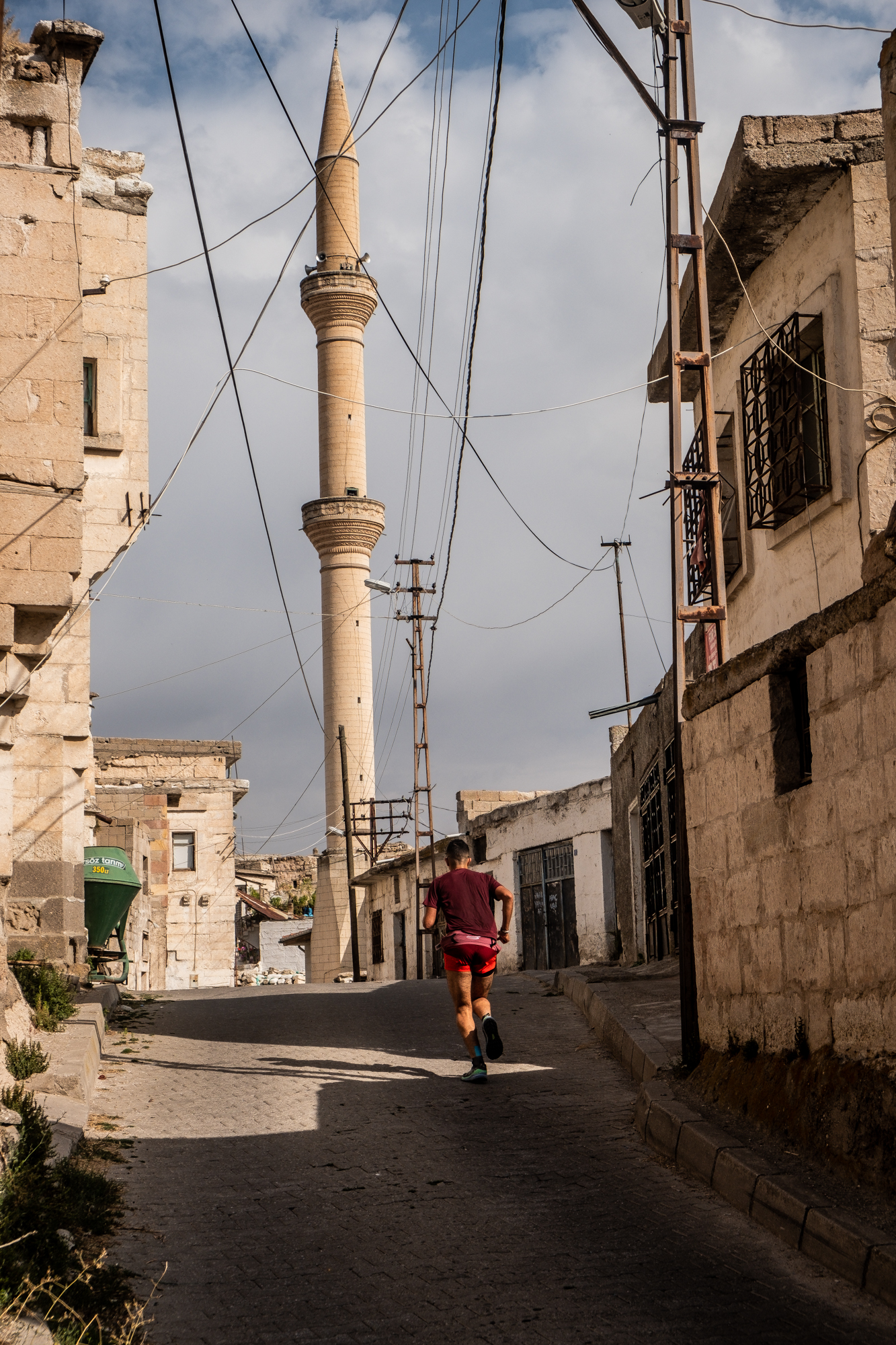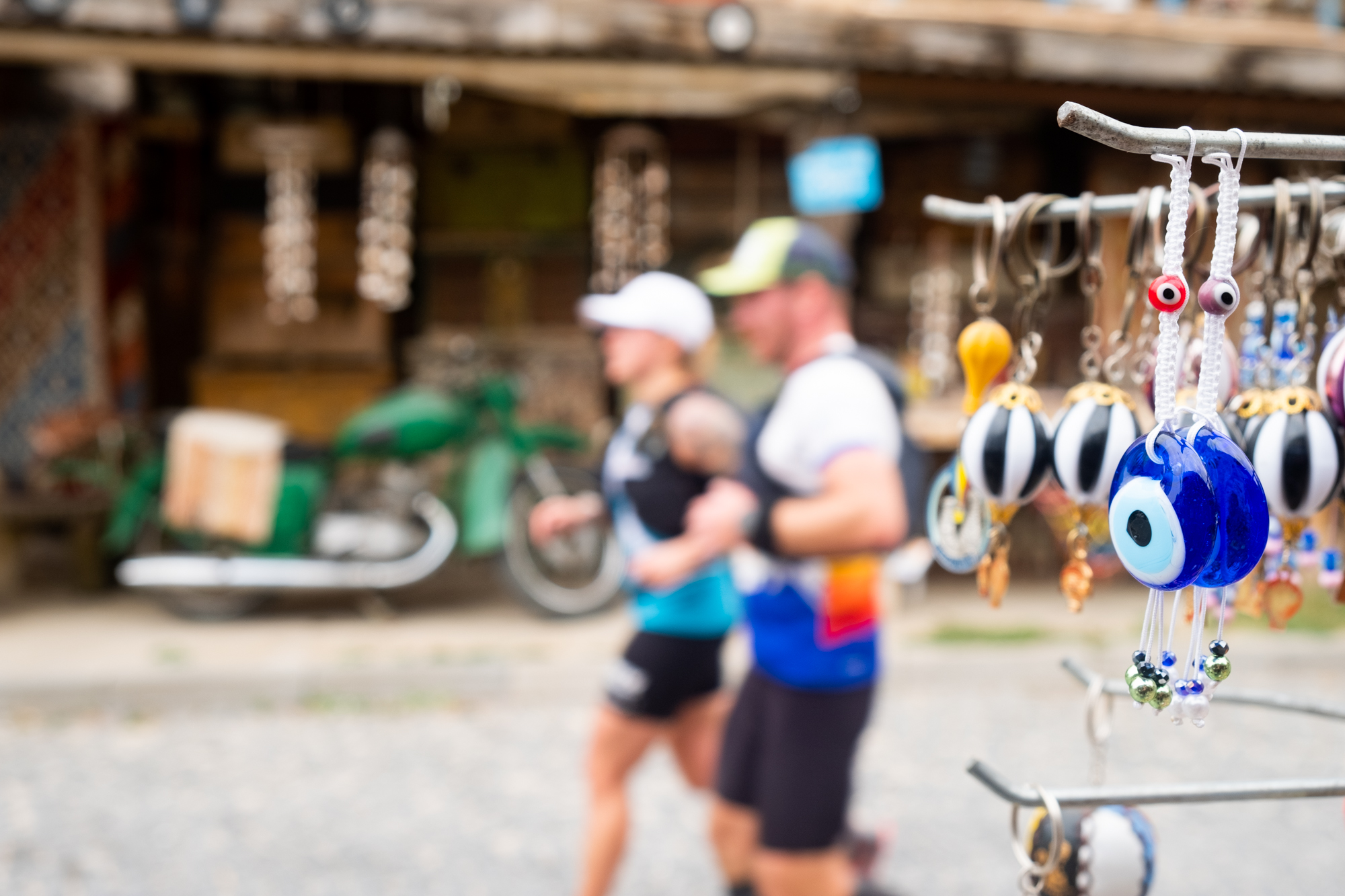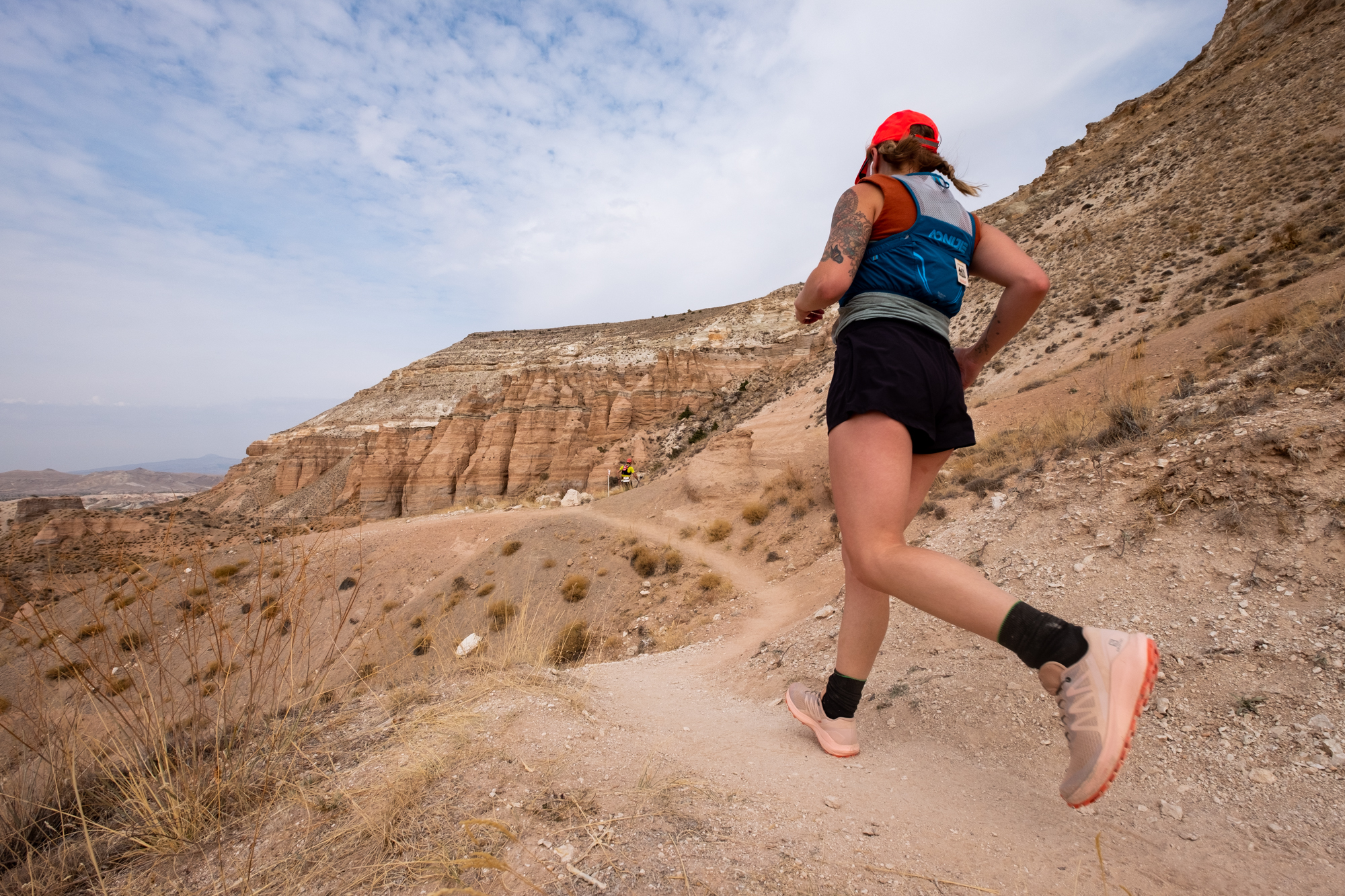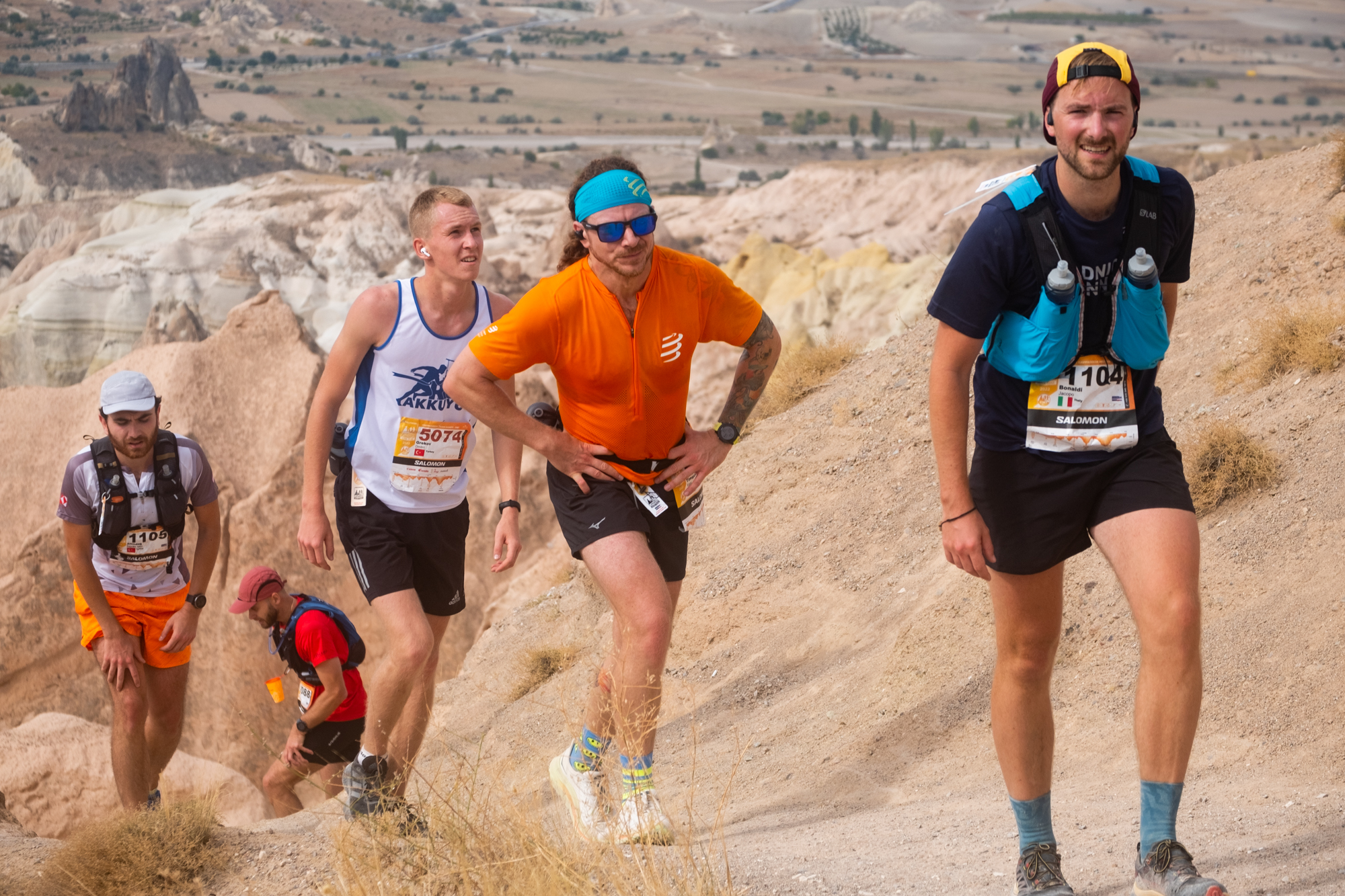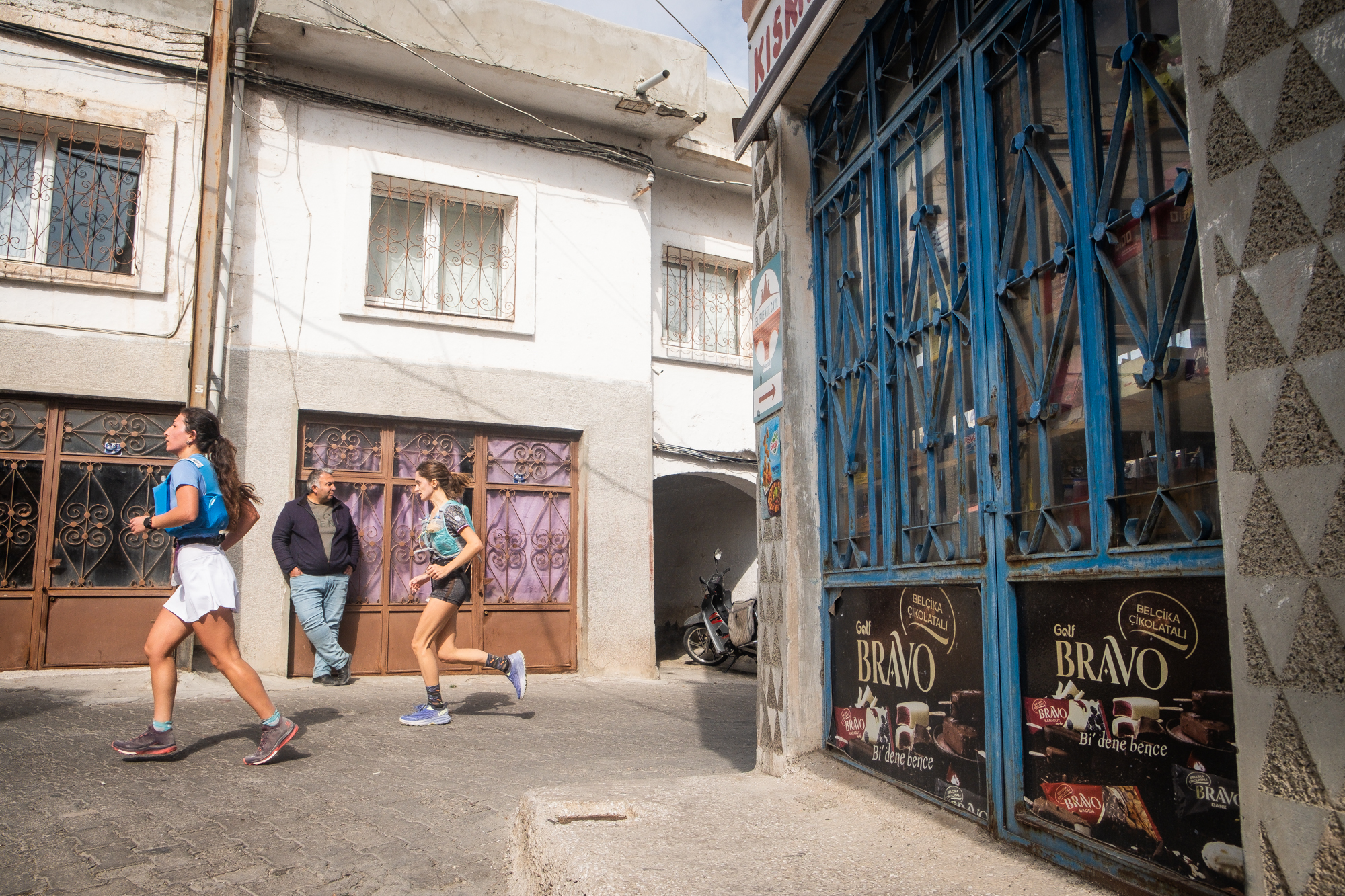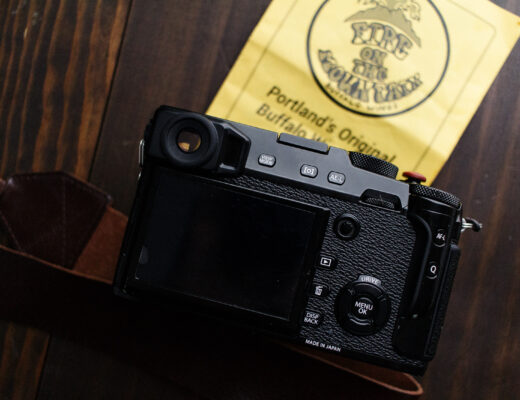With the X-T5 just launched are the older X-T models getting left behind in the starting blocks of sports photography?
Mirrorless cameras have come a heck of a long way since the X-T1 first came around in early 2014, and yet as a working travel and action sports photographer this relative old timer (X-T1) still finds a coveted place as a backup camera in my backpack. This is despite it being a comparative slug when compared to the newer Fujifilm X Series cameras, and of course it also flounders in the dust behind the ever-evolving opposition, which have forged ahead in the last couple of years.
During the past 2.5 years of being grounded in Asia, I have captured a lot of images, mostly of them on my main workhorse– a now comparatively ‘middle-aged’ X-T2, although they have not been of the action or sports kind. This is, in my opinion, the most demanding and testing genre for any camera and one in which I have always found that Fujis have always dragged in.
Back to work
So, as the barriers to international travel lifted for me this October, I was back in the sky and heading to Turkey as one of the event photographers for the Salomon Cappadocia Ultra Trail race, a major international running event that I’ve shot for several years. Here, my task is always to come away with the ‘big pictures’ as opposed to producing the huge numbers often expected by event organisers, these being the kind of images that are used in event and sponsor’s media.
In the past, I’ve shot the event with a mix of Canon and Fujifilm X Series cameras, doing this as I have never fully had the confidence in the Fujifilm autofocus and reliability, not to mention the issues with battery life and mobile charging when it comes to effectively shooting non-stop for 28 hours.
That said, the last time I shot the race was in 2019 (just before the pandemic hit) and I did so with an X-T2 and my old X-T1 as a backup. Even so, I did take along a Canon 70-200mmF2.8 lens and a Viltrox adaptor/speed booster as my long lens option, which was a total failure (the adaptor, that us). As it turned out I ended up shooting 99% of the event on the X-T2 with only Fujinon lenses.
That year I produced some of my all-time favourite images of the race and so I knew that it was possible to do the same again this year with a Fuji-only setup, even if it is now three to four generations old.
Okay, so why am I not using the latest and greatest, you may well ask… Well, this is something that I’ve gone into detail about here previously; if I can get by well enough by using my X-T2 and X-T1 backed by several Fujinon lenses (not red label) then why not? Plus, it has not exactly been the easiest of times during the past 2.5 years and, as a non-brand aligned photographer, I do pay full price for my gear, so I do have to be wise with gear choices.
This most certainly is not the fastest or the best Fujifilm option and yet for the bulk of my work it works well enough. If used well, you can work around the shortfalls (to a manageable extent) and although I figure there would be a valid autofocus performance boost in stepping up to an X-T3, at this point in time (with no more fast moving targets ahead for several months) it just doesn’t make sense for me to ‘upgrade’.
Of course, there’s also always the ‘big red lens’ conundrum, too, about whether to buy into them (they are great); my whole ideal in switching to mirrorless was to lighten my load and bulk. This can mean making certain compromises along the way and that’s something that I’m mostly prepared to work around for the advantage of a lighter system.
Even so, having had many close calls and fails with Fujifilm X Series cameras over the years when shooting a demanding event, they do make me a little nervous, and yet things always seem to work out.
This time around, after so long out of the game, I was close to caving into a panic X-T3 attack purchase right up until the last minute. However, knowing that I have shot the race (and many more) well enough many times in the past and mostly with a similar setup, I decided to stick to my guns of familiarity.
How did they hold up?
Most unusually and for the first time ever in shooting this race, bad weather was forecast, although thankfully it only skimmed the edges of things. Sadly, this largely meant that we had flat light, plus a last second logistical hitch also altered my regular on foot hooting approach. This often happens at events and is something that you need to work around in such situations.
The X system held out pretty much as anticipated: well enough. Battery life and autofocus certainly had not improved with time (naturally), and the buttons still shifted and slipped, but they did get the job done or should I say that I did?!
If I’d had an X-T3, would things have gone any better? Probably not, although I may have been able to use continuous autofocus (which I don’t use on the X-T2). Would an X-T4 have been a better tool for the job? For my still-shooting needs, I think not. I’d rather save the money and go with an X-T3 if/when I do upgrade.
And what about the new X-T5? Maybe. This one does have me thinking – the 40 megapixels could well be a benefit to me when compared to the 26MP sensor of the previous cameras, and as for the claimed autofocus improvements? Sure, it must be better than the X-T2 but so was the X-T3, and yet head-on, moving targets at speed is still where my main concern lies with any camera system.
Looking back, and peering ahead, I do still figure that the older X Series cameras hold their own in most use case scenarios, even in an evolving professional environment, where expectations do increase along with technological advances. That said, naturally these older models do now noticeably lag much further behind newer models from most brands when it comes to overall performance and reliability, especially when it comes to certain sports, but otherwise they still cut it, much as they always did.
I guess that the bottom line is, as always, this: sure, the newer cameras and lenses are better, and Canon are well ahead when it comes to autofocus performance in my opinion, but if you know what you’re about, you can get away (and away well) with using just about anything.


